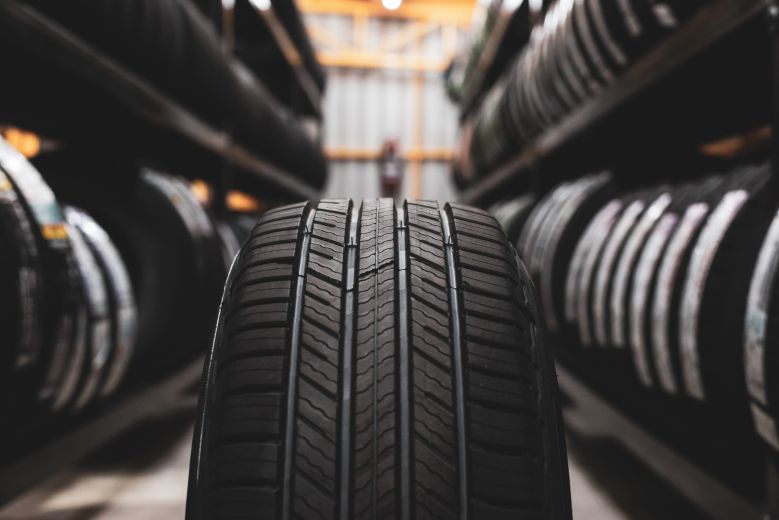Are you considering swapping your tires twice a year for different seasons? If so, it’s crucial to understand how to store your unused tires correctly. Many drivers opt to have two sets of tires – winter tires for colder months and regular “summer” tires for the rest of the year. While this investment enhances safety and performance, it’s essential to take proper care of the tires not in use to preserve their benefits.
Preparation is Key
Before storing your tires for the season, ensure they are clean and free from road dirt and brake dust. Use a brush or pressure washer to remove as much dirt as possible. It’s fine to use water or a mild detergent, but be sure to rinse them thoroughly. Additionally, make sure the tires are completely dry before storage. Use a towel or cloth to remove excess water and allow them to air dry for a couple of days in a shaded area, away from direct sunlight.
Store Indoors
It’s best to store your tires indoors, maintaining a temperature similar to what they would experience when mounted on your car. If storing winter tires, choose a cool environment, while summer tires should be kept away from extreme cold. While an integral garage typically provides suitable insulation, avoid storing them in a garden shed that can become excessively cold in winter or too hot in summer.
To maximize tire preservation, individually place each tire in a plastic bag and remove as much air as possible. You can squeeze the air out manually or use a vacuum cleaner. Afterward, tape up the bag opening to create an airtight seal, reducing the chance of the tire’s natural oils evaporating and preventing drying out and cracking. Remember that plastic bags can generate heat when sealed, so ensure the tires are covered or shaded and kept away from direct sunlight.
Stacking or Standing
Whether you stack your tires or stand them next to each other doesn’t significantly impact their preservation. However, it’s generally advised to stack tires with wheels, while tires off their rims can be stood upright. Avoid stacking the tires too high to prevent them from falling and causing damage to themselves or other stored items. Keep in mind that a pile of tires can be quite heavy.
Duration of Storage
Typically, tires are designed to last from three to ten years, depending on usage, make, quality, and driving style. When not in contact with the road, well-maintained tires can last up to a decade. However, it’s essential to inspect stored tires for signs of deterioration or damage before reinstalling them on your car. If you notice anything concerning, it’s advisable to consult a specialist at a fitting station for their advice.
Consider a Tire Hotel
For drivers who lack sufficient storage space, there’s an alternative: the tire hotel. Certain professional organizations, such as tire supply and fitting companies, offer this convenient and cost-effective service. Your tires can be safely stored in dry, ventilated warehouses for both summer and winter seasons, usually at a cost of around £15 per set per year. Additionally, many suppliers offer tire swapping services for a fitting fee when you’re ready to transition from one set of tires to another.
By following these guidelines, you can ensure your tires remain in good condition during storage, allowing you to enjoy their benefits for an extended period. Remember to inspect them before reinstalling and explore options like tire hotels if storage space is limited.


